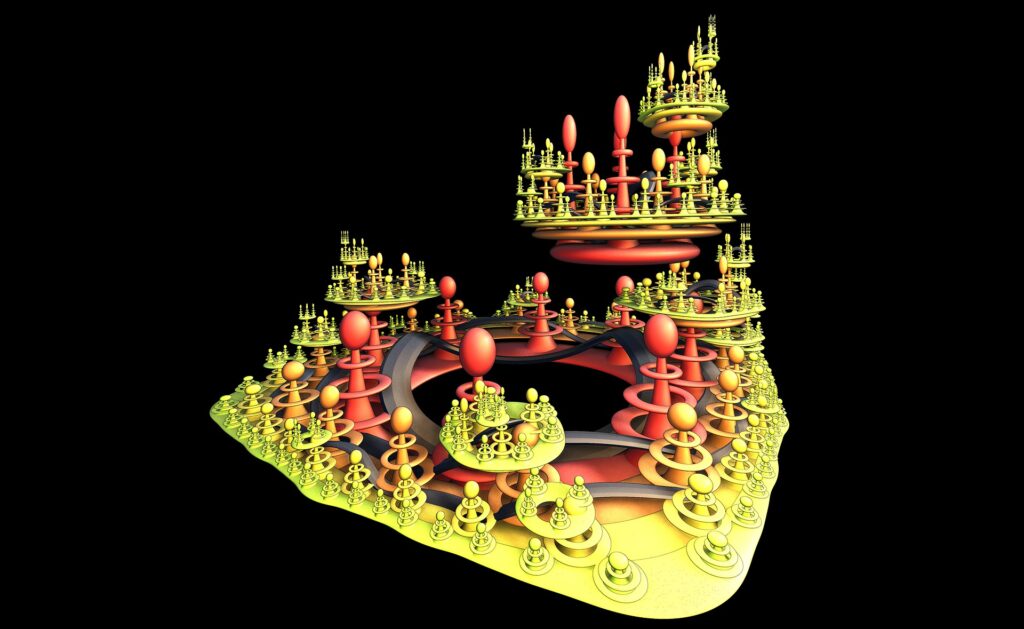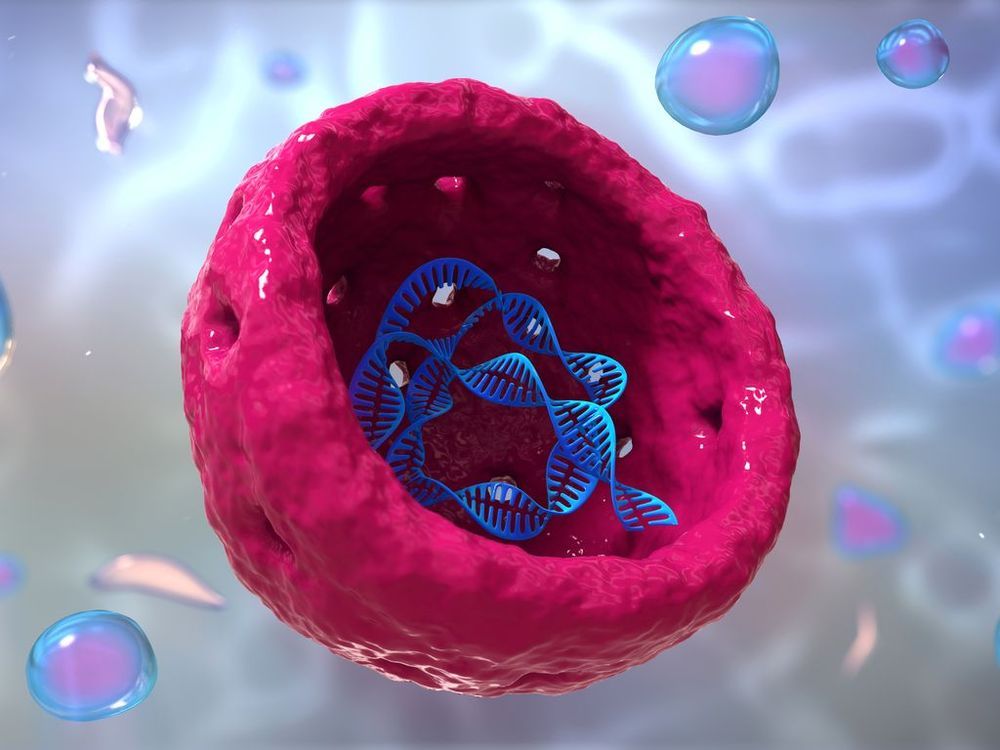Page 7380

Dr. Stanislaw Burzynski’s radical, alternative cancer treatment was suppressed by the FDA and Texas Medical Board, until his patients fought back. Watch more: https://bit.ly/2kRwW2e
Sep 18, 2019
The Medical Breakthrough of a Lifetime
Posted by Paul Battista in categories: biotech/medical, innovation

MaraGen Aims to Detoxify the Body from Pathogens & Harmful Substances. It Is an Alternative Medicine for Incurable Diseases.
Sep 18, 2019
The Heterogeneity of Senescent Cells
Posted by Steve Hill in categories: biotech/medical, food, life extension, neuroscience
Cellular senescence, discovered in 1961 by Leonard Hayflick and Paul Moorhead, is a state in which cells no longer perform their functions, instead emitting harmful chemicals that turn other cells senescent. Senescence is primarily caused by telomere shortening and DNA damage, and senescent cells are known to contribute to multiple diseases, such as Alzheimer’s, Parkinson’s, and dementia.
One method of removing senescent cells is caloric restriction, which is a temporary reduction of food calories. This has been shown to be one of the most effective methods to decrease and slow the onset of aging phenotypes [1].
This is related to autophagy, which is the cell’s natural method of breaking down parts of itself when it doesn’t have immediate access to food [2]. Autophagy has been shown to both promote and prevent senescence. It removes damaged macromolecules or organelles, such as mitochondria, which would otherwise cause cellular senescence. However, some of the processes that cause autophagy cause cellular senescence as well [3].
Sep 18, 2019
Missing Link Between Simple Cells and Complex Life-Forms Possibly Found
Posted by Genevieve Klien in category: futurism
Cells with nuclei bear certain similarities to simple archaeal cells, which may help clear up their fuzzy evolutionary past.
Sep 18, 2019
Creating human-like consciousness requires just four key ingredients
Posted by Quinn Sena in category: robotics/AI
Far from being a mystical “ghost in the machine”, consciousness evolved as a practical mental tool and we could engineer it in a robot using these simple guidelines.
Sep 18, 2019
Superhard forms of carbon expected to rival diamonds
Posted by Genevieve Klien in category: robotics/AI
Machine learning predicts 43 previously unknown, superhard forms of carbon. Could one offer a cheaper alternative to diamond?
Sep 18, 2019
Designing for a Post-Job Future: The Impact of AI on Architecture
Posted by Alexandra Whittington in categories: architecture, futurism

What might the end of work mean for the future of buildings? Firstly, a significant proportion of the built environment that has up to now been designed for people-centred economic activities —offices, shopping centers, banks, factories and schools—may over the next 10–20 years house 50% or less of the number of workers with far fewer physical customers. Furthermore, with the rise of artificial intelligence (AI), some organizations might run on algorithm alone with literally no human staff.
The future of jobs is not just about employment, but about larger societal shifts with dramatic impact on the use of space and resources. Indeed, AI is increasingly likely to provide a meta-level management layer — collating data from a variety from a range of sources to monitor and control every aspect of the built environment and the use of resources within it.
Today, at the dawn of the AI revolution, some of the latest technology coming at us involves mixed reality; advances in virtual reality (VR) and augmented reality (AR) are buzzing with new uses in places of work, education and various commercial settings. Teaching and training are exemplary uses — enabling dangerous, rare or just everyday situations to be simulated for trainees. Such simulations also provide the nexus point for humans to work alongside AI. For example, robot surgeons might do the cutting, while a human surgeon looks on remotely via video or a VR/AR interface. How might places be redesigned to accommodate this human-AI hybrid job future? The outcome could be spaces that embrace the blurring of physical and digital worlds, possibly with multi-sensory connection points between the two.
The coming wave of AI in business and society could impact the future design, use and management of buildings in dramatic ways. Key design features, including construction, security, monitoring and maintenance, could become coordinated by highly automated AI neural networks. For example, future office buildings might make intelligent responses to their inhabitants’ moods or feelings in order to increase productivity of humans in the organization—varying lighting, temperature, background music, ambient smells, and digital wallpaper displays according to the motivational needs of each worker.
Continue reading “Designing for a Post-Job Future: The Impact of AI on Architecture” »
Sep 18, 2019
IBM will soon launch a 53-qubit quantum computer
Posted by Genevieve Klien in categories: computing, quantum physics
IBM continues to push its quantum computing efforts forward and today announced that it will soon make a 53-qubit quantum computer available to clients of its IBM Q Network. The new system, which is scheduled to go online in the middle of next month, will be the largest universal quantum computer available for external use yet.
The new machine will be part of IBM’s new Quantum Computation Center in New York State, which the company also announced today. The new center, which is essentially a data center for IBM’s quantum machines, will also feature five 20-qubit machines, but that number will grow to 14 within the next month. IBM promises a 95 percent service availability for its quantum machines.
IBM notes that the new 53-qubit system introduces a number of new techniques that enable the company to launch larger, more reliable systems for cloud deployments. It features more compact custom electronics for improves scaling and lower error rates, as well as a new processor design.
Sep 18, 2019
Watch: Paris tests ‘flying taxi’ as future of city transport
Posted by Genevieve Klien in categories: futurism, transportation
With pollution a major issue for Paris and the city’s public transport bursting at the seams, one start-up has a solution involving the River Seine.
The Bubble, a “flying taxi”, is powered by electricity and lifts out of the water on “wings” – and boasts green credentials such as being noise and pollution-free. It costs around €200,000 to build and can reach speeds of up to 18 knots (20.7mph). Test voyages in Paris are limited to a maximum speed of 18.6mph.
The service could launch as early as spring next year, according to a press release from the Paris mayor’s office. The Seabubbles start-up launched a four-day test run on the Seine on Monday.















